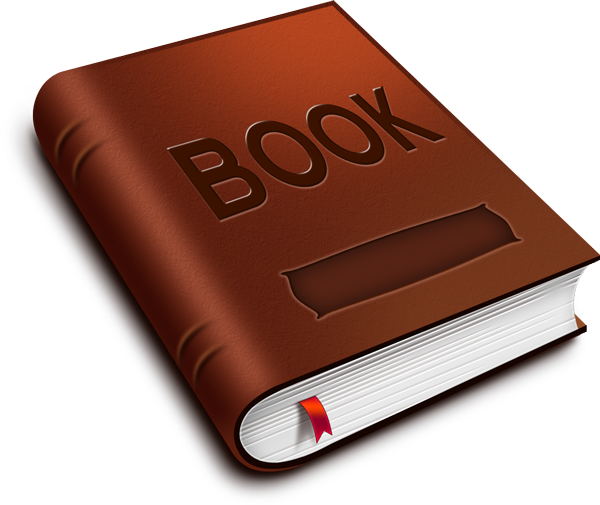 Sometimes the most baffling truths are hidden within seemingly pointless observations.
Sometimes the most baffling truths are hidden within seemingly pointless observations.
In the throes of putting together my doctoral dissertation proposal, I’ve been mentally twirling one such observation: Writing always says something. That is, a given piece of writing always says the same something. And, seeing as writing is free from many of the limitations of speech and has considerable fixity (or “persistence”), a given piece of writing will be saying that same something for quite some time. What are the implications of this?
Many people are familiar with Socrates’ critique of writing, levied around the birth of the written word in Ancient Greek, that it may lead to impoverished memory. But Socrates had much more to say about writing than that. One of his key concerns was precisely what I wrote above. As he says in Phaedrus, transcribed by Plato:
You would imagine that they [written records] had intelligence, but if you want to know anything and put a question to one of them, the speaker always gives one unvarying answer.
I’ve written before on how, because of this constancy, we put our trust in the written word. We privilege written forms of knowledge; if something is written down, we’re more inclined to believe it; and if we see something over and over, we’re more likely to take it as true.
But beyond this, there’s another vulnerability that the written word opens us up to: It gives us the answers. When we get easy answers, we don’t seem to work as hard to integrate new information with what we already know. That’s because doing this—building understanding—requires that we pose questions, that we have a back-and-forth, a conversation. If you’re diligent, you can have a conversation with the written word; Ron Day writes in Indexing It All that before the 19th century people regularly thought of reading a book as having a conversation with a friend. But nowadays, we seem less inclined to question the things we’re reading. Concomitantly, many of us now read more than we interact with live people: We’re getting swarmed with answers, and we’re forgetting how to ask questions. As far as I can see, this is the real dark side of information abundance.
We need to keep asking questions. It’s what makes us human. This is what futurist Kevin Kelly argues in his new book The Inevitable, which explores several trends that will shape the technology of the future; Kelly argues that, for all the smarts and efficacy of future technologies, coming up with good questions will continue to be the sole purview of humanity. And in a world where more and more jobs previously done by humans are getting couped by computers, this is no time to forget how to ask questions.
So what can we do? Some advice in this regard comes from public speaker Michael Gelb’s books How to Think Like Leonardo da Vinci and Creativity on Demand, which offer a framework to increase the quality of your creative output—this involves, inherently, getting good at asking questions.
But we also need to stock our toolbox for getting better at asking questions of the written word. To me, this comes down to improved literacy practice. In the information sciences, there’s a lot of talk of different kinds of literacy—information literacy, digital literacy, media literacy…—but it all comes down to building questioning skills. As researcher Jamie McKenzie writes in her book Beyond Technology:
Without strong questioning skills, information technologies contribute little to understanding or insight. There is even some chance that they might dilute understanding and interfere with thinking.
The urgency of building such skills for questioning and understanding has, for me, come to the fore in the recent election season. Much of the political information we deal with these days comes through the written word. In such a climate, poor questioning skills can have grave consequences for our country and planet.
There’s no better time to start than right now—you’ve been reading the written word for the past few minutes. In the spirit of LeVar Burton, you don’t have to take my word for it. Spend some time today questioning what you’ve been reading.
 What’s a book? We have a number of ways of answering that question. On one hand, a book is a physical object, a rectangular thing with pages held together with binding. My copy of Candide is a book. On the other hand, we also think of a book as the words that inhabit that object. When someone sees you reading Candide and says, “I’ve read that book,” they probably don’t mean they read the same copy you’re reading, but rather a different copy—perhaps from the library. So there’s a sense that all the different copies of Candide in the universe are somehow the same book. Nowadays, these copies aren’t all in print—we have
What’s a book? We have a number of ways of answering that question. On one hand, a book is a physical object, a rectangular thing with pages held together with binding. My copy of Candide is a book. On the other hand, we also think of a book as the words that inhabit that object. When someone sees you reading Candide and says, “I’ve read that book,” they probably don’t mean they read the same copy you’re reading, but rather a different copy—perhaps from the library. So there’s a sense that all the different copies of Candide in the universe are somehow the same book. Nowadays, these copies aren’t all in print—we have